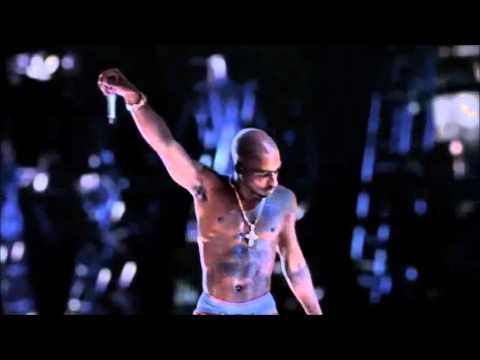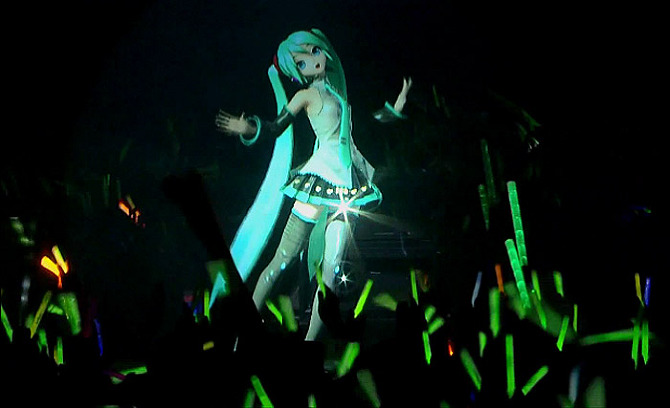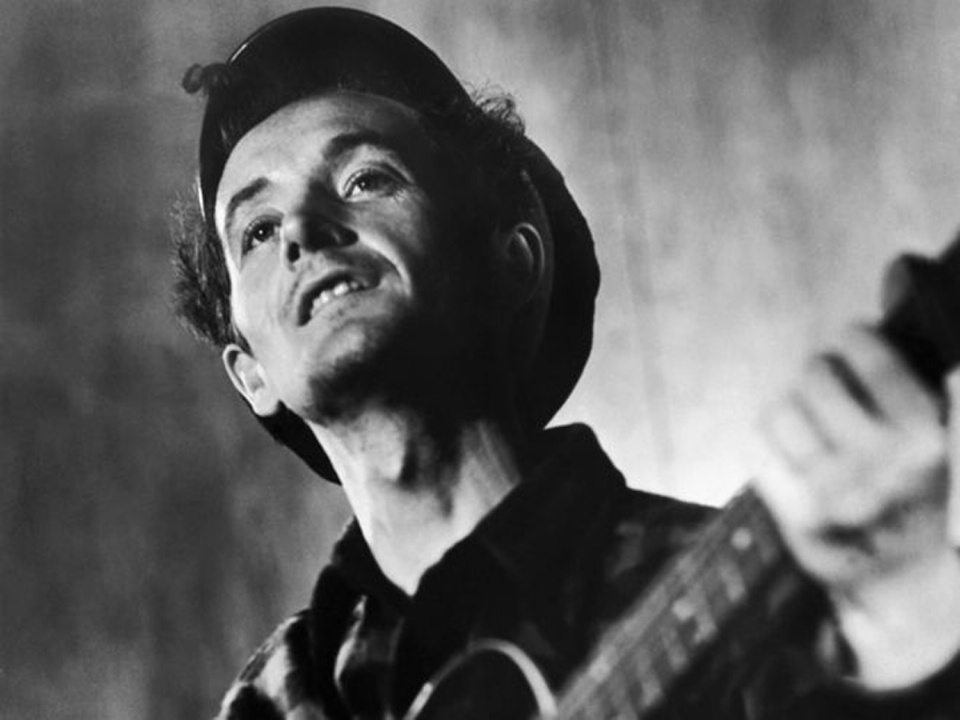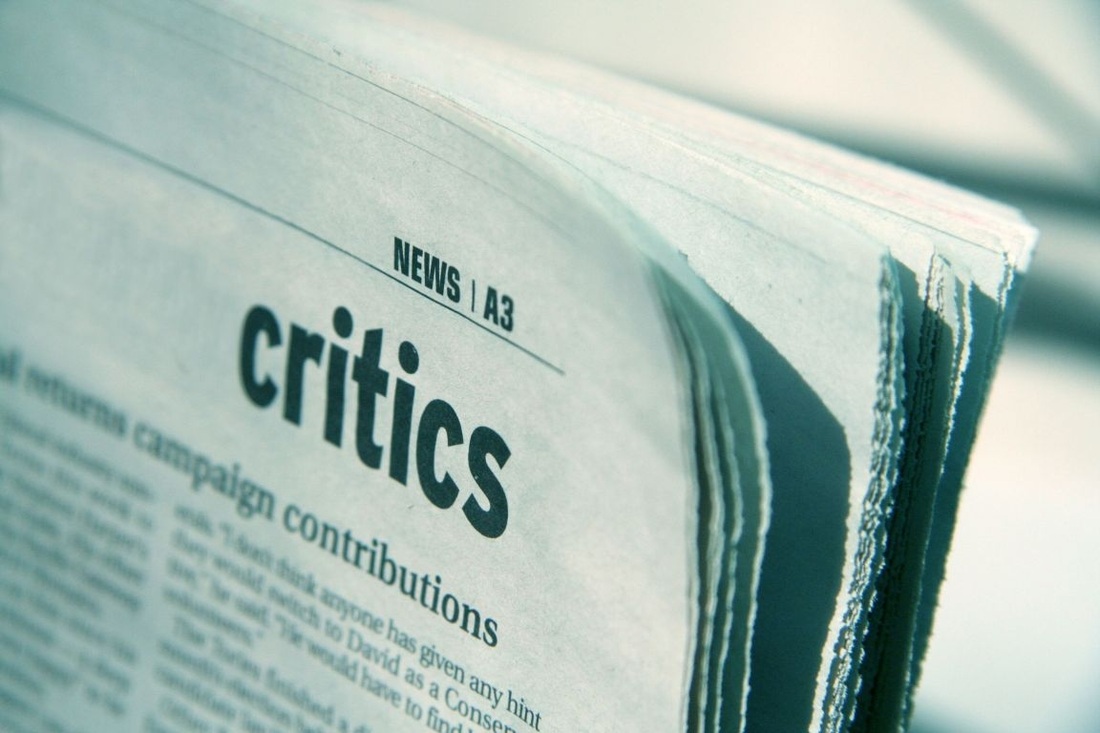THOMAS CONNER
Ph.D. in Communication & STS
University professor • Culture journalist • Music critic
Ph.D. in Communication & STS
University professor • Culture journalist • Music critic
CURRICULUM VITAE
|
Education
Ph.D. in Communication and Science Studies Univ. of California-San Diego, 2021 — Dissertation: "Learning to Live With Ghosts: Holopresence and the Historical Emergence of Real Virtuality Technologies" — Committee members: Dr. David Serlin (chair), Dr. Lisa Cartwright, Dr. Kelly Gates, Dr. Cathy Gere, Prof. Tara Knight M.A. in Communication Univ. of Illinois-Chicago, 2013 Adviser: Steve Jones — Thesis: "Rei Toei Lives!: Hatsune Miku and the Design of the Virtual Pop Star" — Committee members: Dr. Steve Jones (chair), Dr. Jason Leigh, Dr. Adrienne Massanari B.A. in Mass Communication Univ. of Oklahoma, 1993 Current employment Affiliate Professor of Media Studies The University of Tulsa, 2024-2025 — Furthering a qualitative research project at a local site, as well as engaging and leading workshops with student journalists. Teaching experience Click here for my teaching statement, syllabi taught & designed, and DEI commitment Visiting Assistant Professor of Media Studies The University of Tulsa, 2023-2024 — Teaching lower- and upper-division courses in the Media Studies department (Media Inquiry, Media History, Media & Pop Culture, two Advanced Seminars) Lecturer UC San Diego, 2021-2023 — Hired immediately upon completion of my Ph.D. to teach entry-level courses and advanced seminars in the Communication department. Associate instructor UC San Diego, 2018 to 2021 — Designed upper-level courses (Arts Criticism in America) and adapted listed offerings (Performance & Cultural Studies) for the Communication department. My protest-song course, Music as Social Action, has been offered as both a junior seminar and, because of its popularity, a larger lecture. Instructor Muir College Writing Program @ UC San Diego, 2016 to 2017, 2019-2021 — Taught both segments of this course in basic argumentation, Critical Writing I & II, and designed themes for the latter (“Ghosts in the Machine,” “Media & Materiality”). Teaching Assistant UC San Diego, 2014 to 2016 — Led autonomous discussion sections amid larger lecture courses (Introduction to Communication, Situated Practices, The Internet Industry) in Communication. Adjunct Instructor University of Illinois-Chicago, 2008 to 2009 — Redesigned the Interviewing Skills course in the Communication department. Faculty adviser The Collegian @ University of Tulsa, 2004 to 2005 — Advised student journalists in the production of this campus newspaper. Adjunct Instructor University of Tulsa, 2000 to 2005 — Taught journalism courses (Features Writing, Editing for Print Media) alongside my journalism career. Adjunct Instructor Tulsa Community College, 1995 to 2000 — Taught English courses (Freshman Composition I, English Literature) alongside my journalism career. Publications — Peer-reviewed articles Conner, Thomas & Jason Archer. 2024 (forthcoming). “Haptic Holograms: The Liminal Communication of Emerging Visio-haptic Apparatuses.” International Journal of Communication, 18 (1): 1-19. Conner, Thomas. In progress. “The Construction of Holopresence in TV's Alter Ego.” Conner, Thomas. In progress. “Walt Whitman, Media Theorist.” Conner, Thomas. 2023. "Rock and Roll Will Never Die: Holograms and the Spectrality of Performance." Spectator, 43 (1): 52-57. Conner, Thomas. 2020. "Pepper’s Ghost and the Augmented Reality of Modernity." Journal of Science & Popular Culture, 3 (1): 57-79. Conner, Thomas. 2015. "‘Our Unseen Friend’: Early Radio and the Tuning In of Woody Guthrie’s Performing Persona." Woody Guthrie Annual, 1 (1): 18-40. Conner, Thomas and Steve Jones. 2014. "Art to Commerce: The Trajectory of Popular Music Criticism." IASPM@Journal (International Association for the Study of Popular Music), 4 (2). Conner, Thomas. 2002. "Dear Reader: A Pop Critic Responds to the Day’s Mail." ARTicles, 7: 138-149. — Peer-reviewed book chapters Conner, Thomas and Sigrid Schmalzer. 2018. "Technology." In Alyssa Botelho, Daniel S. Chard & Sigrid Schmalzer (Eds.), Science for the People: Documents from America’s Movement of Radical Scientists, 1969-1989. Amherst: Univ. of Massachusetts Press. Conner, Thomas. 2016. "Hatsune Miku, 2.0Pac and Beyond: Rewinding and Fast-forwarding the Virtual Pop Star." In Whiteley, S. & Rambarran, S. (Eds.), The Oxford Handbook of Music and Virtuality. New York & London: Oxford Univ. Press. Conner, Thomas. 2007. "Getting Along: Woody Guthrie and Oklahoma’s Red Dirt Musicians." In Davis Joyce (Ed.), Alternative Oklahoma: Contrarian Views of the Sooner State (pp. 87-112). Norman, Okla.: Univ. of Okla. Press. — Academic book reviews Conner, Thomas. 2022. Review of Photography from the Turin Shroud to the Turing Machine by Yanai Toister, Technology & Culture 63 (3): 912-913. Conner, Thomas. 2019. Review of Robot Rights by David J. Gunkel, New Media & Society, January. Conner, Thomas. 2016. Review of Feed-Forward: On the Future of Twenty-First-Century Media by Mark B.N. Hansen, JHistory, H-Net Reviews, December. Conner, Thomas. 2014. Review of Writing the Record: The Village Voice and the Birth of Rock Criticism by Devon Powers, H-1960s; H-Net Reviews in the Humanities and Social Sciences, April. Conner, Thomas. 2014. Review of How Does It Feel? Elvis Presley, the Beatles, Bob Dylan, and the Philosophy of Rock and Roll by Grant Maxwell, H-1960s; H-Net Reviews in the Humanities and Social Sciences, November. — Other research Conner, Thomas. 2001. “From Instinct to Intuition: Tracking Woody’s HD.” Paper and notes commissioned by the Woody Guthrie Archives and now part of its collection. (archives have moved; article link to be restored soon) Fellowships, awards & honors Suraj Israni Center for Cinematic Arts (SICCA) UC San Diego, 2023 — Research fellowship and funding as a member of the center’s inaugural cohort Institute of Arts and Humanities UC San Diego, 2019 — Graduate fellowship: funding for research and travel expenses Science Studies UC San Diego, Spring and fall 2018 — Graduate fellowships: funding for research and writing time Communication UC San Diego, Fall 2017 — Graduate fellowship: funding for research and writing time Science for the People University of Massachusetts-Amherst, 2014 — Assisted in collecting historical materials and aided in the organization of a conference about this past activist organization, which led to its national reboot. National Arts Journalism Program Columbia University, 2000-2001 — Conducted research at the Woody Guthrie Archives in New York City throughout this fellowship at Columbia’s Graduate School of Journalism. Pulliam Journalism Fellowship The Arizona Republic (Phoenix, Ariz.), 1993 — Covered newsroom features beats during this summer internship and fellowship. Research presentations Conner, Thomas and Jason Archer. 2023. Co-chairs of a panel, “Manifesting and Mediating Cyborg Ecologies.” 4S (Society for Social Studies of Science), Nov. 8, Honolulu. Conner, Thomas and Jason Archer. 2022. “Touching Holograms: Reaching out for the Feel of Visual Media.” ICA pre-conference, “Reimagining Communication,” May 25, online. Conner, Thomas. 2021. "Rock and Roll Will Never Die: Holograms and the Spectrality of Performance." First Forum 2021, held by USC Cinema & Media Studies, Oct. 29, online. Conner, Thomas. 2020. "Pepper's Ghost and the Augmented Reality of Modernity." ZOOMPOSIUM: Performance, Science & Technology, a virtual conference organized by the Australian National Centre for the Public Awareness of Science, Nov. 27, online. Jones, Steve, Andrea Guzman, Thomas Conner & Ekaterina Pashevich. 2020. "Human-Machine Communication: Ethical Perspectives," a panel at AoIR 2020, Oct. 5, online. Conner, Thomas. 2020. "The Gesture of Holography." Invited to join the panel "Holographic Art and the Animated Image: Histories and Conservation" at the College Art Association's annual conference, Feb. 12, Chicago. Conner, Thomas, Songyi Lee, et al. 2018. "Presence in Practice: A Discussion About Presence via Telepresence Tech." One of a dozen discussants on this panel of worldwide scholars assembled virtually for the attendees at the PRESENCE 2018 annual conference, May 21, Prague. Conner, Thomas. 2017. "Holopresence: A theory for augmented modernity." Presented at the International Communication Association annual conference, May 27, San Diego. Conner, Thomas. 2017. "Holopresence: A theory for augmented modernity." Presented at the biennial UCSD Science Studies Graduate Conference, May 19, UCSD, San Diego. Conner, Thomas. 2017. "Holograms: Historical Ghosts in the Machines." Presented at the History of Science Graduate Student Seminar, Feb. 25, UCLA, Los Angeles. Conner, Thomas. 2016. "'Our Unseen Friend’: Early Radio and the Tuning In of Woody Guthrie’s Performing Persona." Presented at the Woody Guthrie Symposium, April 30, The Univ. of Tulsa, Tulsa, Okla. Conner, Thomas. 2015. "All Eyez on Me: Virtual Performers and New Media Memories." Presented at 2015 Cultural Studies Assoc. 13th annual Cultural Studies Conference, May 21-24, Riverside, Calif. Conner, Thomas. 2014. "Hatsune Miku and the Design of the Virtual Pop Star." Presented at the 4S / ESOCITE Joint Meeting, Aug. 20-23, Buenos Aires, Argentina. Conner, Thomas. 2014. "Virtual Pop Stars and the Digitization of Performance." Presented at Theorizing the Web 2014, April 25-26, New York City. Conner, Thomas. 2013. "Hatsune Miku and the Design of the Virtual Pop Spectacle." Presented at 2013 Cultural Studies Assoc. 11th annual Cultural Studies Conference, May 23-26, Chicago. Conner, Thomas. 2012. "An Unaccompanied Movement?: Listening for Protest Songs at Occupy Wall Street." Presented at the National Communication Association conference, Nov. 15-18, 2012, in Orlando, Fla. Conner, Thomas. 2012. "Rei Toei Lives!: Hatsune Miku and the Design of the Virtual Pop Star." Presented at VisCom 26 (visual communication conference), June 20-24, 2012, in Midway, Utah. Conner, Thomas. 2012. "Oklahoma's Red Dirt Music and Its Debt to Woody." Presented at the Woody at One Hundred: The Woody Guthrie Centennial Celebration, 1912-2012, March 10, 2012, at the Univ. of Tulsa (Okla.). Editorial service Ad hoc peer reviewer for the International Journal of Cultural Studies, 2024-present. Ad hoc peer reviewer for the Journal of Virtual Worlds Research, 2019-present. Ad hoc peer reviewer for New Media & Society, 2014-present. Annual reviewer of conference paper submissions for the Western States Communication Association, 2016-present. Additional research experience Laboratory of Comparative Human Cognition (LCHC) UC-San Diego, 2013-2018 — A member of this lab and discussion group (founded by Mike Cole). It was in the lab where I presented myself as a hologram simulation experiment in June 2013. Radio Preservation Task Force Library of Congress, 2014-2015 — Assisting in finding and networking archives of programming for this project, the goal of which was to locate and chronicle materials from local, regional, noncommercial, and uncategorized radio broadcasts. Supervising professor: John McMurria, UC-San Diego CCIT Lab: Creative and Collaborative Information Technology Univ. of Illinois-Chicago, 2012-2014 — CCIT was an interdisciplinary group of researchers conducting surveys of workplaces to determine the extent to which social media applications are redefining roles and behaviors within the office environment. My contribution to this was considerable historical research on the impacts of technologies within the American workplace. Supervising professor: Steve Jones, UIC Audio dilation Electronic Visualization Laboratory (EVL) @ Univ. of Illinois-Chicago, 2012-2013 — A project from a Human Augmentics class grew into a larger effort within the EVL: This group studied the effects of dilated audio (recordings slowed down without loss of pitch) on attention tasks, as well as created software that dilated two-way transmitted audio in real time. My contributions involved research of audio and attention, and the conducting of experiments with human subjects using test audio during attention tasks. Supervising professors: Robert Kenyon and Jason Leigh, UIC; Valeriy Shafiro, Rush Univ. Hospital Digital music and creativity Univ. of Illinois-Chicago, 2012 — Research of scholarship and media to examine how advances in digital music technologies have affected not commercial output or consumer listening experience but the actual artistic process of creating music. Supervising professor: Steve Jones, UIC Public engagement Conner, Thomas. 2022. “Holograms and Star Wars.” Invited guest on the Star Warsologies podcast, posted Oct. 1. Conner, Thomas, Tara Knight, and Raffi Kryszek. 2022. “From Scifi Imaginary to Tech Reality: The News Science of Holograms.” Comic-Con, July 22, San Diego. Conner, Thomas. 2015. Keynote address. Presented at the awarding of the inaugural Changing World Prize, Oct. 11, 2015, at the Woody Guthrie Center, Tulsa, Okla. Conner, Thomas. 2012. “Woody@100: One Life, Many Legacies.” Presented Oct. 19, 2012, at St. Xavier Univ., Chicago. Numerous media appearances (radio and TV) in Chicago and Tulsa in my role as a culture journalist |
|



